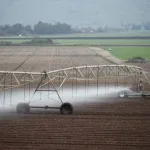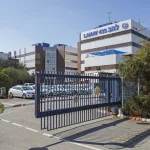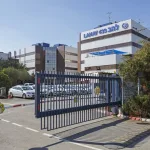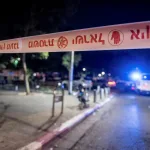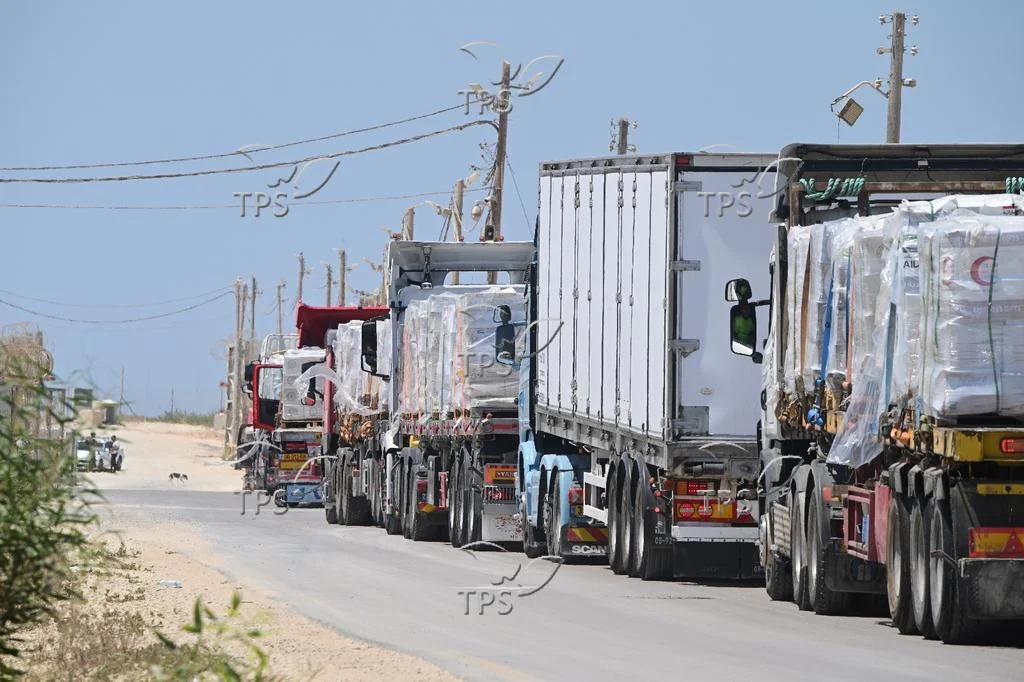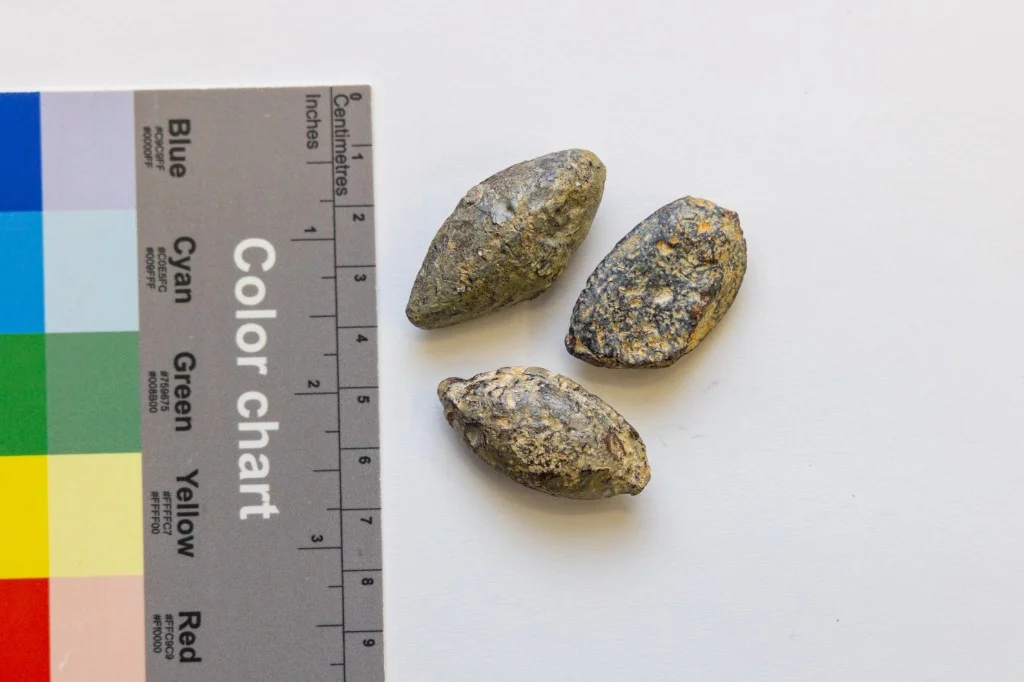Jerusalem, 21 August, 2025 (TPS-IL) — Amid ongoing war in Gaza, Israel continues to facilitate unprecedented levels of humanitarian assistance to the civilian population, countering narratives of widespread starvation and severe malnutrition circulated by international agencies.
According to the Israeli Coordinator of Government Activities in the Territories (COGAT), over 250 humanitarian aid trucks entered Gaza on August 20, 2025, via the Kerem Shalom and Zikim crossings, carrying essential food, fuel, and medical supplies. In addition, nearly 390 trucks were collected and distributed by the UN and other international organizations, while hundreds more await collection on the Gazan side. Airlifted aid added 154 pallets of vital supplies, and 155 patients—mostly children and their caregivers—exited Gaza through Kerem Shalom for medical treatment in the UAE.
“Humanitarian aid keeps rising, with hundreds of trucks entering daily,” COGAT emphasized. “Diverse humanitarian players, including private sector organizations, ensure aid reaches civilians, not Hamas. Food prices in Gaza are plummeting, and social media visuals show vast amounts of food available.”
This operational scale is mirrored by the work of the Gaza Humanitarian Foundation (GHF). In under three months, GHF reports having distributed over 130 million meals through roughly 2.17 million aid boxes. On August 20 alone, GHF reportedly distributed 20,736 boxes of food, including truckloads of potatoes and onions, as well as Ready-to-Use Supplemental Food (RUSF) targeted at vulnerable women and children to prevent malnutrition.
GHF Executive Director John Acree described the challenges of delivering aid in Gaza as “delivering food in an active war zone—densely populated, with blurred lines between civilians and combatants. Unlike other conflict zones, civilians here cannot flee. Borders are closed. Traditional food aid models simply do not work.”
The organization relies heavily on local staff, who guide the distribution process, ensuring that programs are culturally sensitive and responsive to real-time needs, including women- and children-only distribution days. Despite threats to their lives and families—including the killing of 12 local workers in June—these staff remain committed to sustaining aid operations.
“The local workers are the backbone of this operation,” Acree said. “They are not just delivering food—they are standing up to terror, choosing hope for their communities every day.”
However, the World Food Programme (WFP) has warned on its X account of rising malnutrition in Gaza, calling the situation “starvation” and highlighting risks to children and mothers, including stunted growth, weakened immunity, and maternal complications. WFP emphasized that safe and continuous access is critical to scaling up treatment and preventing long-term developmental damage.
COGAT responded directly to this narrative, stressing that while challenges remain, the facts on the ground tell a different story. Aid flows are robust, entry points are operational, and collaborative efforts with multiple international and private-sector organizations ensure food reaches civilians. COGAT urged a focus on practical humanitarian work, rather than narratives that might be politically leveraged by Hamas.
Previous investigation by The Press Service of Israel examined how systemic UN bottlenecks, Hamas looting, and black-market profiteering distort the aid pipeline into Gaza. That report, based on UN’s own figures, revealed that as much as 85% of incoming aid has been stolen before reaching civilians, undermining claims of deliberate starvation by Israel.
As the gap grows between urgent humanitarian warnings and operational realities, the voices on the ground offer a grounded perspective. GHF Executive Director John Acree reminds that “the demand for food is relentless, and so is our commitment. We are adjusting our operations in real time to keep people safe and informed, and we stand ready to partner with other organizations to scale up and deliver more meals to the people of Gaza”.
Approximately 1,200 people were killed, and 252 Israelis and foreigners were taken hostage in Hamas’s attacks on Israeli communities near the Gaza border on October 7. Of the 50 remaining hostages, around 30 are believed to be dead.






